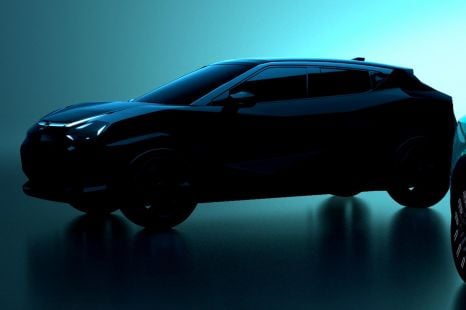

Damion Smy
Nissan Juke EV will use Leaf platform, due in 2026 - report
1 Hour Ago

News Editor
Honda has revealed more of its electric vehicle (EV) plans, though Australia remains conspicuously absent from them.
The company’s local arm has already confirmed it won’t sell EVs here for at least five years, during which time it will roll out multiple EVs in markets like Japan, China and the US.
In 2025, Honda will introduce a “mid- to large-size” EV in North America on the new E&E architecture, derived from Honda’s existing E dedicated EV platform but with greater digital services connectivity.
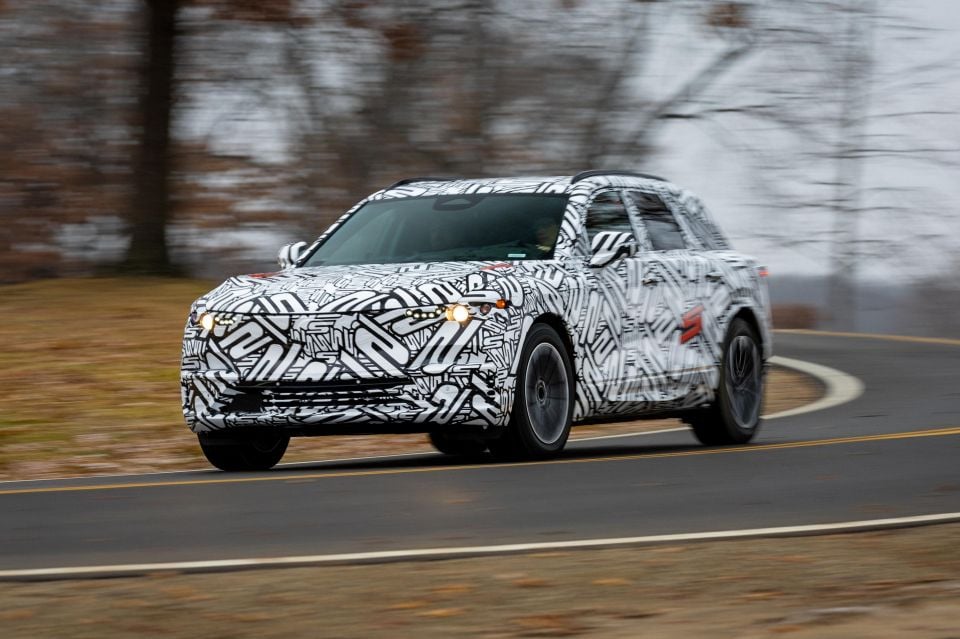
It will follow the the previously revealed Honda Prologue and teased Acura ZDX, SUVs due in 2024 using GM’s Ultium underpinnings.
Its GM partnership will continue, with Honda noting the two companies “will continue exploring a broad range of collaboration” with a range of more “affordable” Ultium EVs in “2027 and beyond”
The e:NS2 and e:NP2 revealed at this month’s Shanghai motor show will go on sale in China in early 2024, joined later that year by a production version of the e:N SUV concept.
These will form part of the 10 new EV models launching in China by 2027, with the brand going EV-only there by 2035.

In Japan, Honda will launch an N-VAN based commercial mini-EV in the first half of 2024, followed by an EV based on the N-ONE in 2025 and two small EVs in 2026. One of the latter will be an SUV.
The company made no mention of two sports cars it teased last year.
Honda has previously confirmed it plans to produce more than two million EVs annually by 2030, and sell only EVs and hydrogen fuel-cell electric vehicles globally by 2040.
It’s retooling three of its US plants to establish a North American EV Hub for production.
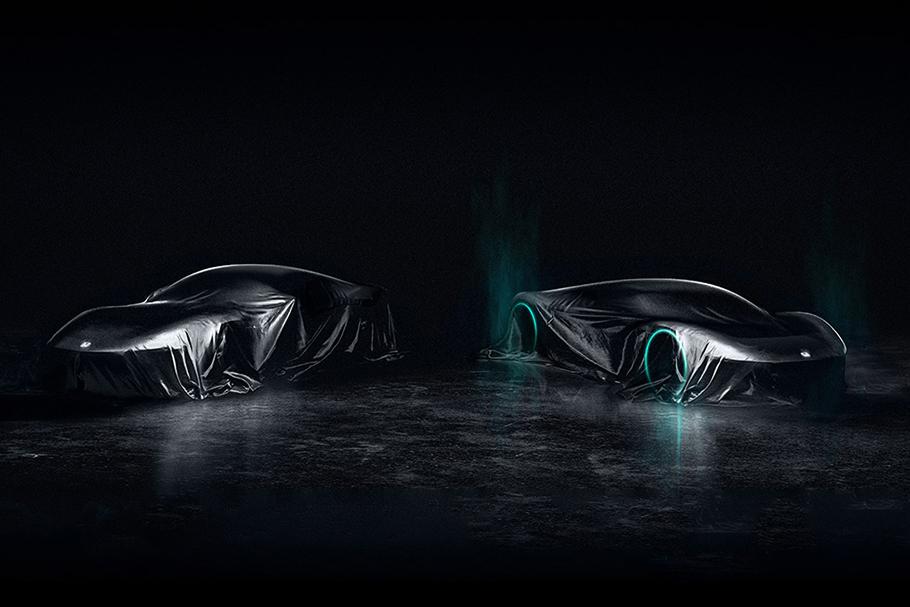
It’s sourcing lithium-ion batteries from GM for its Ultium-based models, CATL for its Chinese models, and Envision AESC for the upcoming commercial EV for Japan.
In the second half of the decade, it plans to introduce semi-solid-state and all-solid-state batteries. It’ll begin operation of a demonstration line for the latter in 2024.
It’s co-developing and investing in semi-solid-state batteries with SES AI Corporation, and will work with GS Yuasa on high-capacity, high-output liquid lithium-ion batteries.
Its strategic partnership with Hanwa Co., Ltd will see it “ensure stable procurement in the medium to long term” of essential metals like nickel, cobalt and lithium.
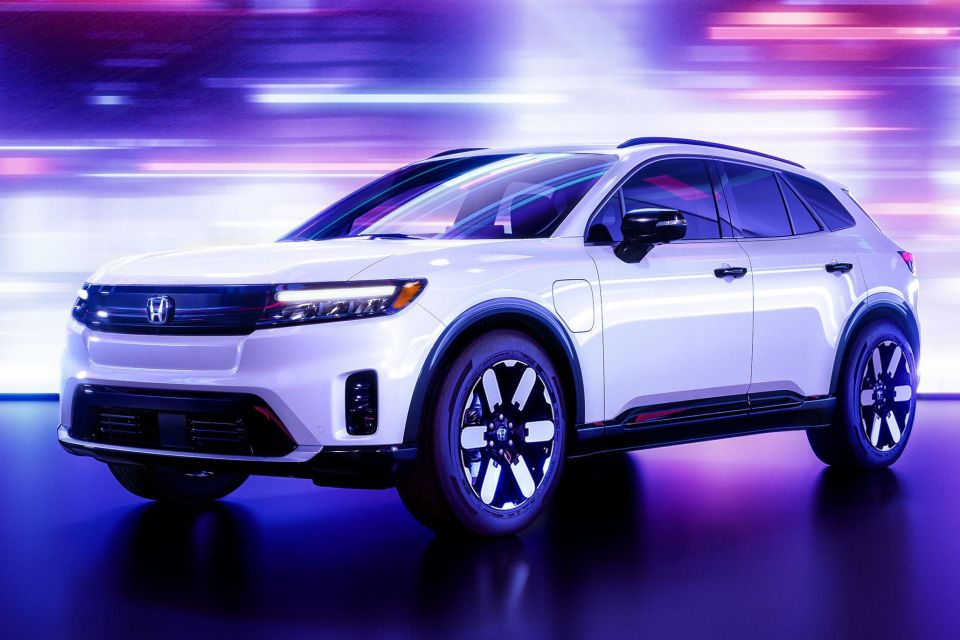
Honda says it will invest 100 billion yen (A$1.13bn) annually in research into next-generation mobility, focusing on areas like hydrogen and sustainable materials.
As previously confirmed, an additional 10 billion yen (A$113 million) will be invested annually in “proactively pursuing open innovation with startups”. Some of the startups it has already invested in have specialised in fields like AI, battery recycling, synthetic fuels, and even nuclear fusion power generation technologies.
This investment will fall under the purview of the newly established Honda Innovations Co Ltd.
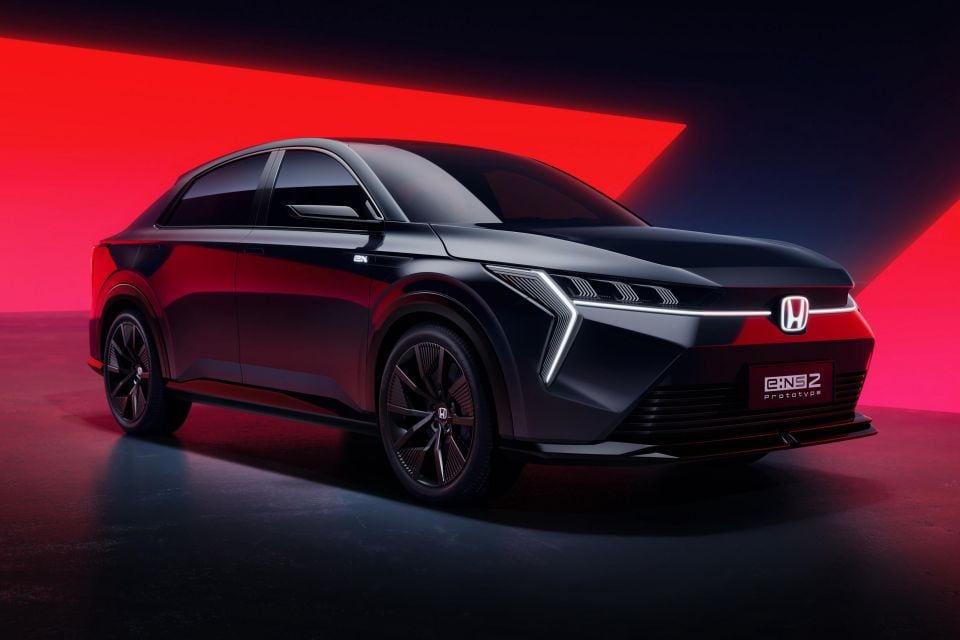
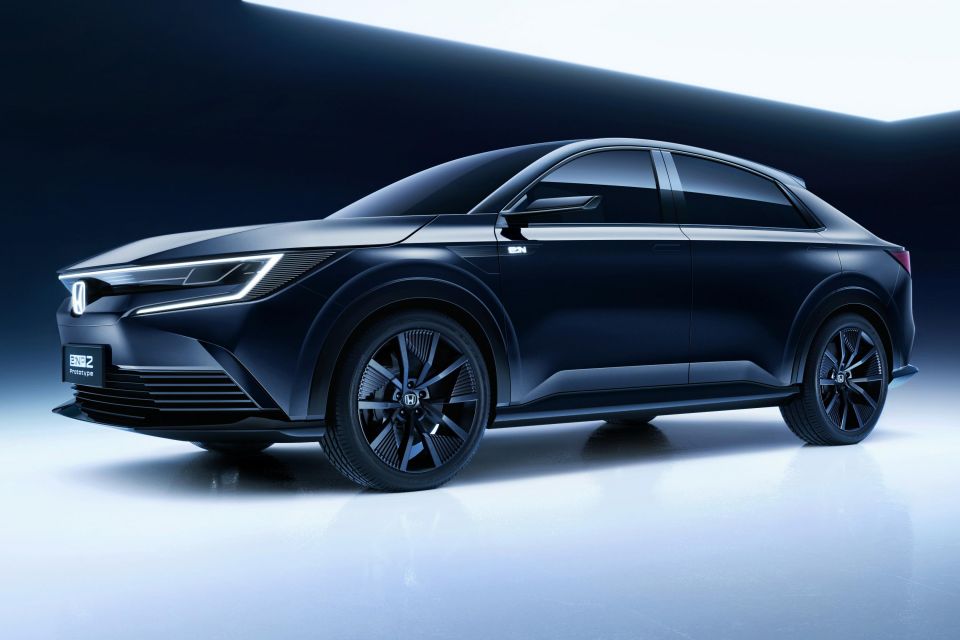
In response to the semiconductor shortage, Honda has been undertaking various measures including dual sourcing of key parts and the development of alternative parts.
Moving forward, it plans to improve its collaboration with semiconductor manufacturers to ensure stable supply.
In 2022, Honda pledged five trillion yen, or around A$53 billion, towards electrification.
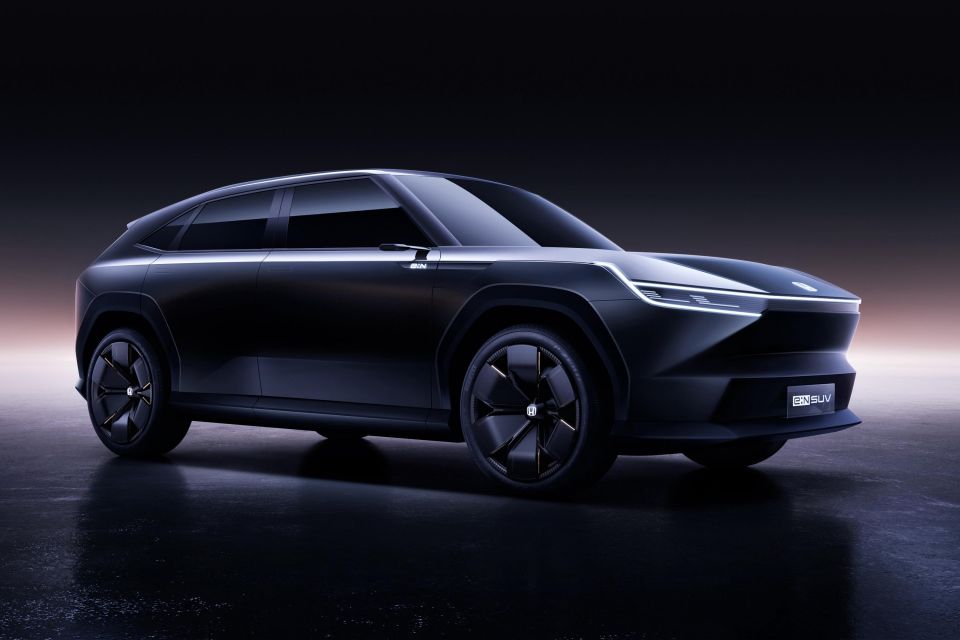
Earlier this year, it completed an organisational reshuffle, merging the electrification efforts across its automotive, motorcycle and power product businesses while also splitting its regional operations into separate North America, China and Associated Regions divisions.
Locally, Honda Australia plans to make the transition to EVs gradually, confirming it has no plans to introduce any electric vehicles over the next five years.
“Our electrification strategy is all about using hybrid to bridge to electrification in the future, we don’t have any plans at the moment to introduce EVs,” Honda Australia boss Carolyn McMahon told CarExpert earlier this year.
Where expert car reviews meet expert car buying – CarExpert gives you trusted advice, personalised service and real savings on your next new car.
William Stopford is an automotive journalist with a passion for mainstream cars, automotive history and overseas auto markets.


Damion Smy
1 Hour Ago
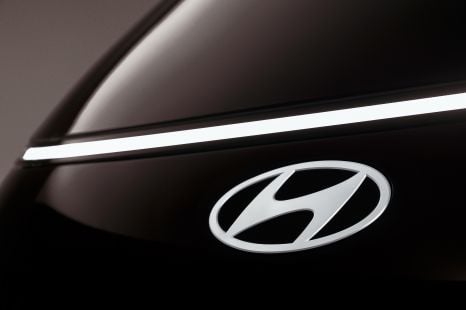

Damion Smy
4 Hours Ago
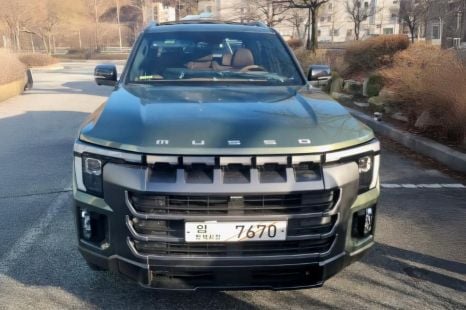

Damion Smy
8 Hours Ago


Damion Smy
9 Hours Ago
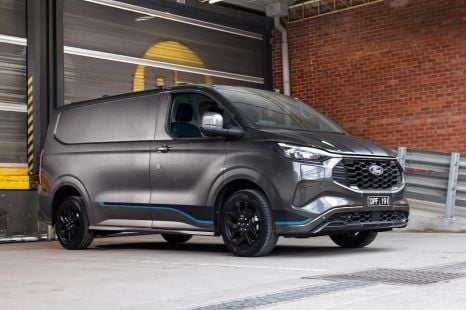

Damion Smy
10 Hours Ago
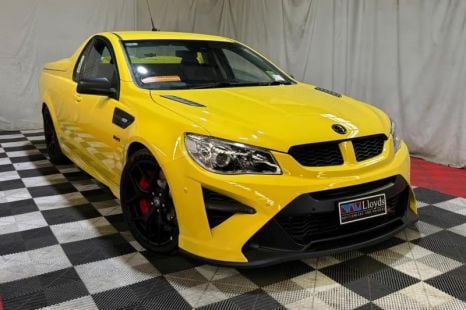

Damion Smy
10 Hours Ago